





 |
 |
 |
 |
 |
 |
| Jean-Marc MICHEL | profile | all galleries >> Vietnam >> Phu Quoc | tree view | thumbnails | slideshow |
| previous page | pages 1 2 3 4 5 6 ALL | next page |
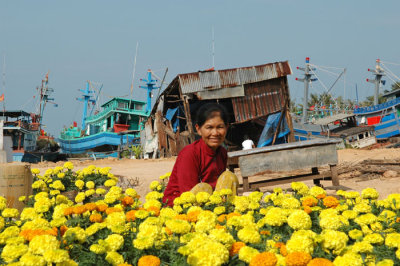 DSC_0001.JPG |
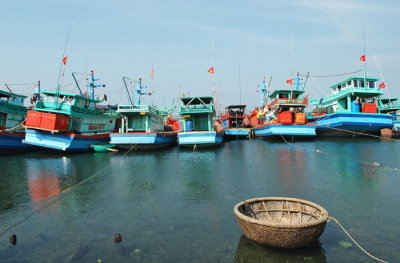 DSC_0010.JPG |
 DSC_0139.JPG |
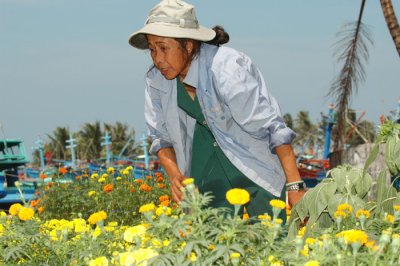 DSC_0088.JPG |
 DSC_0067.JPG |
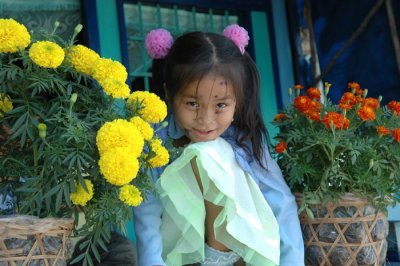 DSC_0168.JPG |
 DSC_0151.JPG |
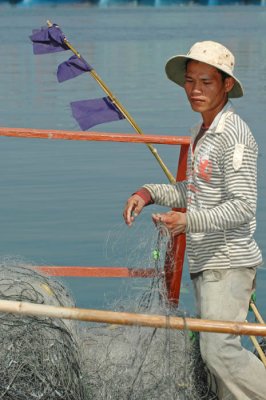 DSC_0052.JPG |
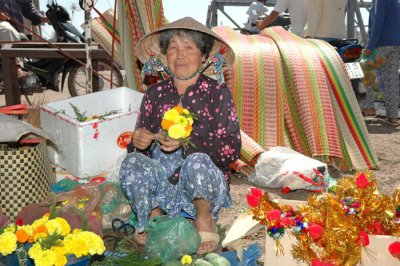 DSC_0128.JPG |
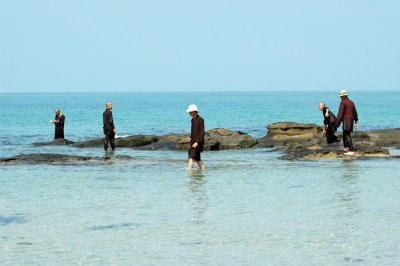 DSC_0175.JPG |
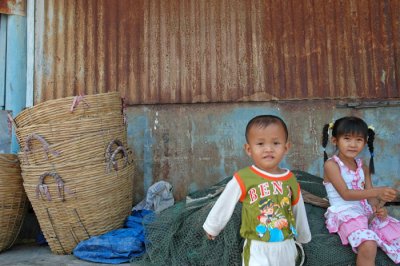 DSC_0153.JPG |
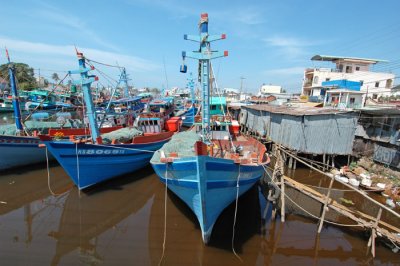 DSC_0114.JPG |
| previous page | pages 1 2 3 4 5 6 ALL | next page |
| comment | share |
| Ali Majdfar | 28-Apr-2009 05:10 | |